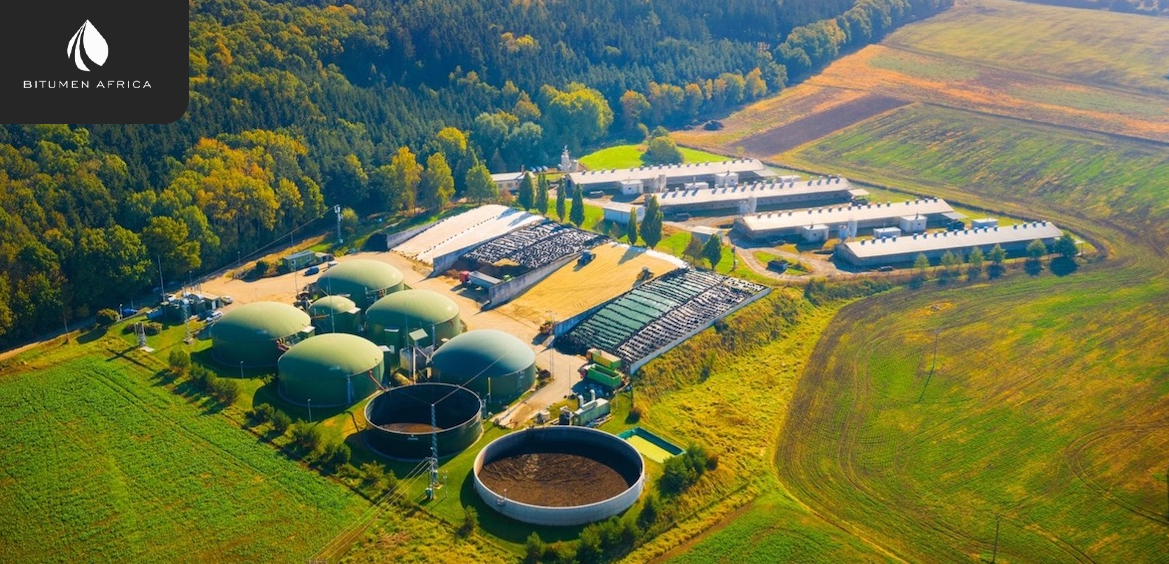As the global transition to clean energy accelerates, large-scale solar and wind farms are demanding increasingly vast areas of land. These renewable energy projects require specific geographical and climatic conditions, often overlapping with fertile agricultural land. This overlap has sparked tension between the needs for energy security and food production. Unlike coal or natural gas plants, which occupy relatively small plots, wind and solar installations need up to ten times more land, making the search for suitable, cost-effective locations increasingly difficult.
However, emerging research suggests that the perceived conflict between energy and food production may be overstated. A significant portion of agricultural land worldwide is already used not to grow food, but to cultivate crops like corn for biofuel—particularly ethanol. Studies indicate that this use of land may pose a greater threat to food security than solar or wind projects. Solar farms, for instance, are much more energy-efficient than corn-based ethanol and can be integrated with farming through “agrivoltaics,” where solar panels and crops coexist to mutual benefit.
A recent study in PNAS highlights the vast untapped potential of replacing even a small portion of corn-for-ethanol land with solar infrastructure. In the U.S., converting just 3.2% of the land currently used for corn ethanol into solar farms could match the annual energy output of all ethanol production and raise solar’s share in the national energy mix from 3.9% to 13%. This strategy would also help alleviate soil degradation and reduce fertilizer and pesticide use, though responsible planning is essential to minimize environmental harm from solar developments.
Moreover, the case against biofuels is growing globally. In Europe, researchers have shown that land currently allocated to biofuel production could instead feed millions of people or be restored to natural habitats to serve as carbon sinks. The inefficiency and opportunity costs of biofuel farming are increasingly evident, making it clear that land currently used for biofuels could be better utilized for food production or sustainable renewable energy, helping to strike a smarter balance between food and energy security.

